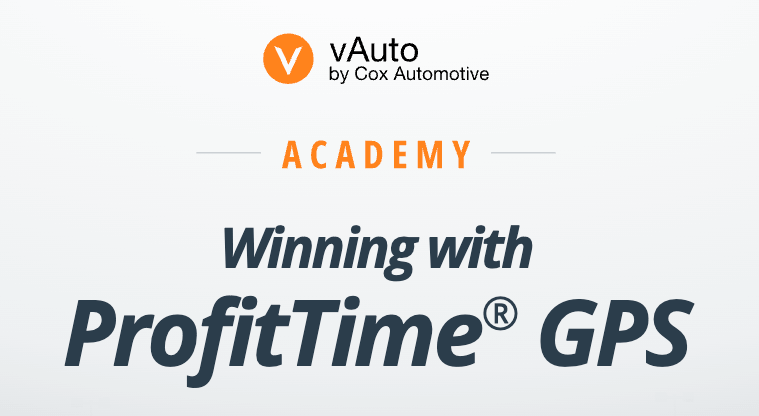I spent part of the past year mentoring a college graduate who I encouraged to try the car business. He agreed with my reasoning—that if you find success selling cars, you can do anything.
Unfortunately, my aspiring sales associate had a tough December. He texted that, just prior to the last week of the month, he had only had eight units out. Even worse, he called three of his sold units “blowers.” When I asked him what he meant, he introduced me to a Gen Z term that’s apparently replacing the “minis” we had when I was a General Manager for dealerships in Virginia.
“By chance, were any of your deals aged units?” I asked.
“Yeah,” he said. All three units were older than 70 days; one had reached 140 days in inventory. “They gave me a $200 bounty on that one, which was a nice surprise.”
I’m thinking, “surprise?” That sounds like an effective spiff to me.
I learned the store doesn’t “usually” keep anything past 60 days. My mentee told me the problem is that “we have a lot of clunkers in inventory that nobody wants. We turn the nice cars quick but it’s the puppy patch cars that sit and don’t sell.” (Another Gen Z term. It was the ‘crow’s row’ when I worked in retail.)
I got the kid to agree with me that the cars weren’t really ‘clunkers.’ He works at a luxury store. In fact, the vehicles are decent units that hadn’t sold. I suspected the puppy patch units represent an entirely different problem.
“You’re seeing the exact same thing I did when I managed dealerships,” I told him. “Nothing has changed. Somebody stepped up in some trades so they could book some big new car grosses that dealers have been enjoying, and now it’s payback time.”
Unfortunately, the situation playing out at my mentee’s dealership isn’t an anomaly. I’m seeing similar inventory problems at other dealerships across the country. My suspicion is that we’re in a bit of a hangover period. Dealers still remember that, in the appreciating market we all enjoyed not so long ago, you could sit on a low demand vehicle and feel no pain.
But that’s not the case any longer. The beatings have returned and depreciating units are the norm once again.
In this environment, many dealerships have gone back to the old habit of pricing the high demand units too low to boost their sales volume, while applying the hope and prayer strategy as they overprice low demand units. The dynamic begs the question: Shouldn’t the used vehicle manager know the difference between the high and low demand units when they acquired them, and use this knowledge to price them differently?
This is the fundamental question the vAuto team and I will be addressing at the upcoming NADA convention in Las Vegas. We’re in a market where it takes discipline and proven insights to know what type of car you acquire on day one and to create an exit strategy that maximizes its return on investment. We call this a variable management approach, where you’re not distracted by the calendar and its call to lower prices once a week on all your cars until they sell.
With variable management, each used car stands on its own. If you know you over invested in a car where the demand and volume in your market is low, then aggressively pricing the car to market on day one is maximizing the ROI. On the other hand, short selling units that have high demand and volume in your local market erases the opportunity for maximizing your gross.
The key to variable management is the data science that helps you know what you have on Day 1. Is the vehicle a grosser, a turner or something in between? When you know the answer at the time of appraisal, you can price each vehicle appropriately.
Wouldn’t this insight be extremely helpful–especially when you need to make a car deal and over-invest in a unit? Seems like it’s a way to avoid the “blowers” and a puppy patch problem.
Come see us at NADA and let’s continue the discussion.

















